5999013400607
Price Quote Get an up to date pricing and availability quote for this product. Order online or over the phone.
Quality Commitment
Serving our customers with quality and safety first.
- AS9120 Certified
- Audited supply chain
- ITAR Registered
- DDTC Registered
- HAZMAT Certified
- Customer service objectives
- Every product 100% inspected

5999-01-340-0607 Specification Set by the OEM (see RNCC code 3)
board mounted
1.788in. and 1.832in. ⁓1-27/32"
1.000in. and 1.500in.
1.788in. and 1.832in.
0.140in. first mounting facility and 0.154in. first mounting FACILITY0.263in. second mounting facility and 0.277in. second mounting facility
4 unthreaded hole first mounting FACILITY1 unthreaded hole second mounting facility
aluminum or aluminum alloy
QQ-A-200 fed spec single material response or QQ-A-250 fed spec single material response
anodize
MIL-A-8625, type i or type ii mil spec single treatment response
81349-MIL-H-87111 specification (includes engineering type bulletins, brochures, etc., that reflect specification type data in specification format; excludes commercial catalogs, industry directories, and similar trade publications, reflecting general type data on certain environmental and performance requirements and test conditions that are shown as "typical", "average", "", etc.) .
81349-MIL-H-87111/5 government specification
Cross Reference Parts Part numbers that meet the specification outlined on this page and set by the OEM
Identification Item Identification Guide (IIG) and Item Name Code (INC)
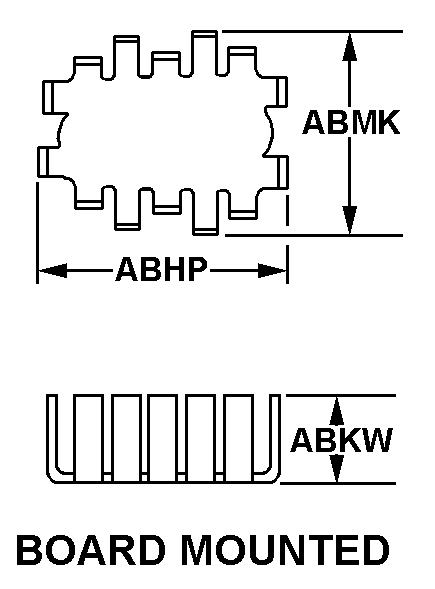
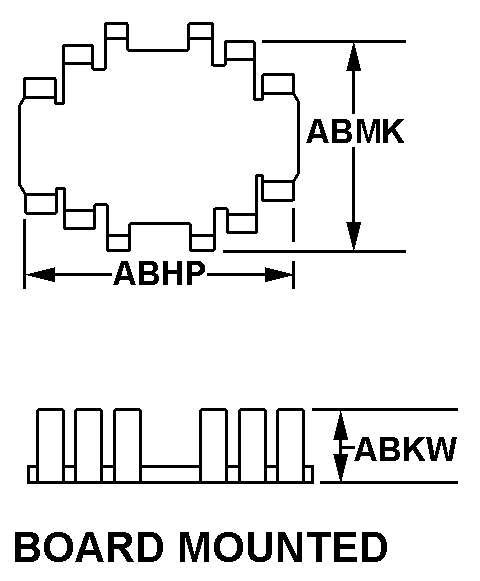
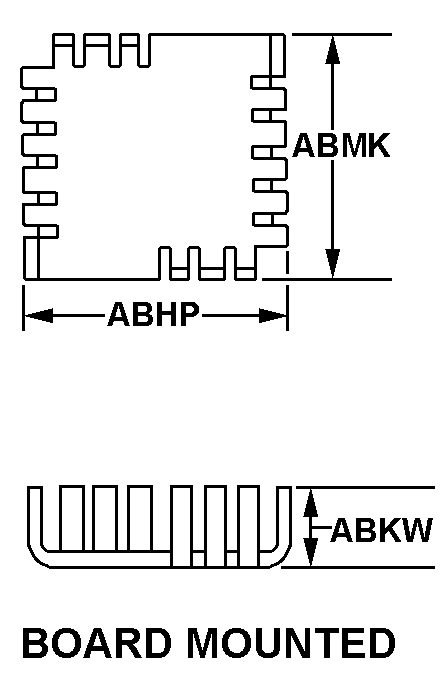
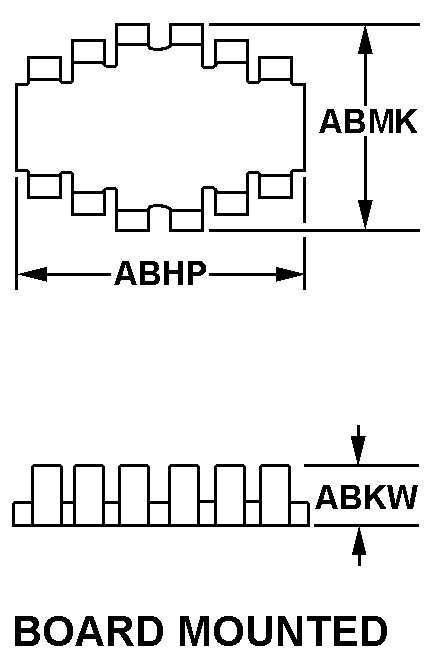
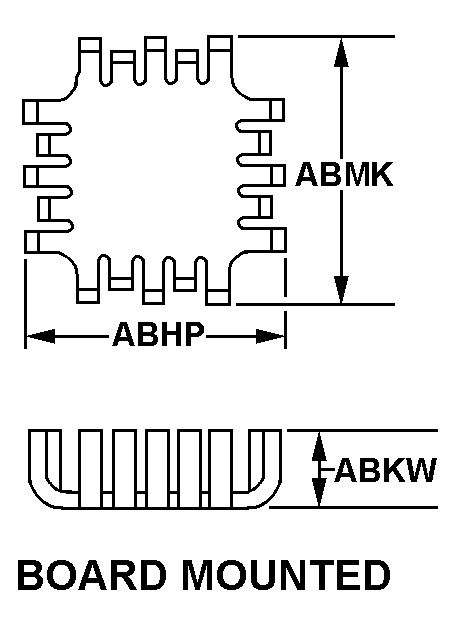
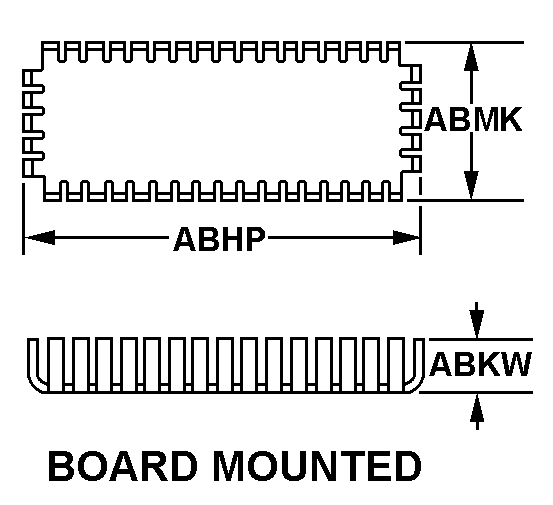
Definition Definition of approved item name (AIN): "HEAT SINK,ELECTRICAL-ELECTRONIC"
An item which is specifically designed to absorb, conduct or dissipate heat generated by an electrical and/or electronic component or an external source in order to prevent damage to the component. Do not use if a more specific name applies.
5999-01-340-0607 Material Hazmat, Precious Metals, Criticality, Enviroment, and ESD
Indicates there is no information in the hmirs. The nsn is in a fsc in table ii of fed std 313 and a msds may be required by the user. The requirement for a msds is dependent on a hazard determination of the supplier or the intended end use of item.
Item does not contain precious metal.
Represents items with no adp components
The item does not have a nuclear hardened feature or any other critical feature such as tolerance, fit restriction or application.
Identification Codes
HMIC: Hazardous Material Indicator Code. A one position code that identifies a hazardous item.
PMIC: Precious Metal Indicator Code. A one position code which identifies items that have precious metals as part of their content. precious metals are those metals generally considered to be uncommon, highly valuable, and relatively superior in certain properties such as resistance to corrosion and electrical conductivity.
ESD: Electrostatic Discharge. Indicates if an item is susceptible to electrostatic discharge or electromagnetic interference damage. electrostatic discharge damage occurs when an accumulation of static electricity generated by the relative motion or separation of materials is released to another item by direct contact. electromagnetic interference damage occurs when an item comes into proximity with an electrostatic or magnetic field.
ENAC: Enviromental Attribute Code. Identifies items with environmentally preferred characteristics.
CRITL: Criticality Indicator Code. Indicates an item is technically critical by tolerance, fit, application, nuclear hardness properties, or other characteristics.






